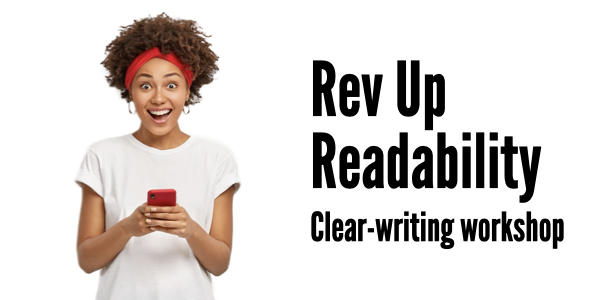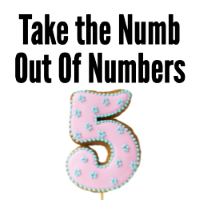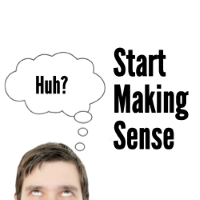Measurably boost reading grade level scores in Ann Wylie’s clear-writing class
Let’s start with the bad news. More than half of American adults have basic or below basic prose skills, according to the DOE’s latest literacy test.

Send out a message that’s written at the 11th grade level, for instance, and 97% of U.S. adults won’t be able to understand it, according to the Department of Education’s latest adult literacy test.
“One of the best career experiences I’ve had. The piece I worked on at the workshop has improved measurably. I found Rev Up Readability to be highly relevant to my daily work, and look forward to putting the tips and techniques into practice.”
— Scott Worden, manager, corporate communications & PR, Magna International
Read more rave reviews
In this environment, how do you reach all of your readers?
Learn how to reach more readers in writing coach Ann Wylie’s Rev Up Readability workshop. You’ll make your messages measurably more readable when you master 130 years of clear-writing best practices.
Build strong communications skills, public speaking skills, presentation skills, business communication skills and verbal communication skills in this workshop.

Agenda
In this workshop, you’ll learn to reach more readers by making every piece you write easier to read and understand. Specifically, you’ll learn how to:

|
Reach Real Readers“The problem with communication,” said George Bernard Shaw, “is the illusion that it has been accomplished.” So how do you go beyond just pressing Send to actually getting the message across? In this session, we’ll dive into the results of a massive worldwide literacy study to get a reality check on the level at which your readers really read. (How good are your listening skills?) Specifically, you’ll learn how to:
|
“I’ve noticed that both my writing and editing have become cleaner and more concise. I’ve received unsolicited, favorable comments from numerous colleagues regarding pieces on which I’ve used these techniques.”— Rachel George-Leidenfrost, internal communications associate, M&T Bank |
|

|
Cut Through the ClutterWould your message be twice as good if it were half as long? Yes, the research says. The shorter your message, the more likely readers are to read it, understand it and make good decisions based on it. So how long is too long? What’s the best paragraph length? Sentence length? Word length? In this session, you will:
|
“Some of the best professional development I’ve ever had. Everything Ann teaches is practical, and I can immediately use it to improve my writing.”— Sarah Julian, director of communications, Oklahoma Public School Resource Center |
|

|
Take the Numb Out of NumbersIf your readers are like most, they have, on average, below-basic numerical literacy, according to a massive international literacy study. In this environment, how well are they understanding your quarterly results? In this session, you’ll learn to make numbers understandable as well as interesting:
|
“Ann offered credible and thorough information. Ann’s presentation gives you the confidence to be the expert in your office.”— Zainnaib Jalloh, marketing and communications specialist, Doctors Community Hospital |
|

|
Start Making SenseJargon. Buzzwords. Acronyms. They’re things that make your reader go “huh?” And we need to get them out of our message. In this session, you’ll learn how to translate the language of your organization into the language of your readers. You’ll find out how to:
|
“I have a Master’s Degree in Communications and I have worked in PR for 18 years. This course showed me how to streamline my writing to become a better communicator!”— Beth Toll, senior public relations manager, Amtrak |
|
I’m ready to boost my clear-writing skills!
I’d like to:
- Book Ann to train your whole team in an in-house training program.
- Attend Rev Up Readability, Ann’s public clear-writing online course.
- Browse Ann’s other Master Classes: Build your writing skills when you attend one of our public writing workshops.
Questions? Contact Ann.
